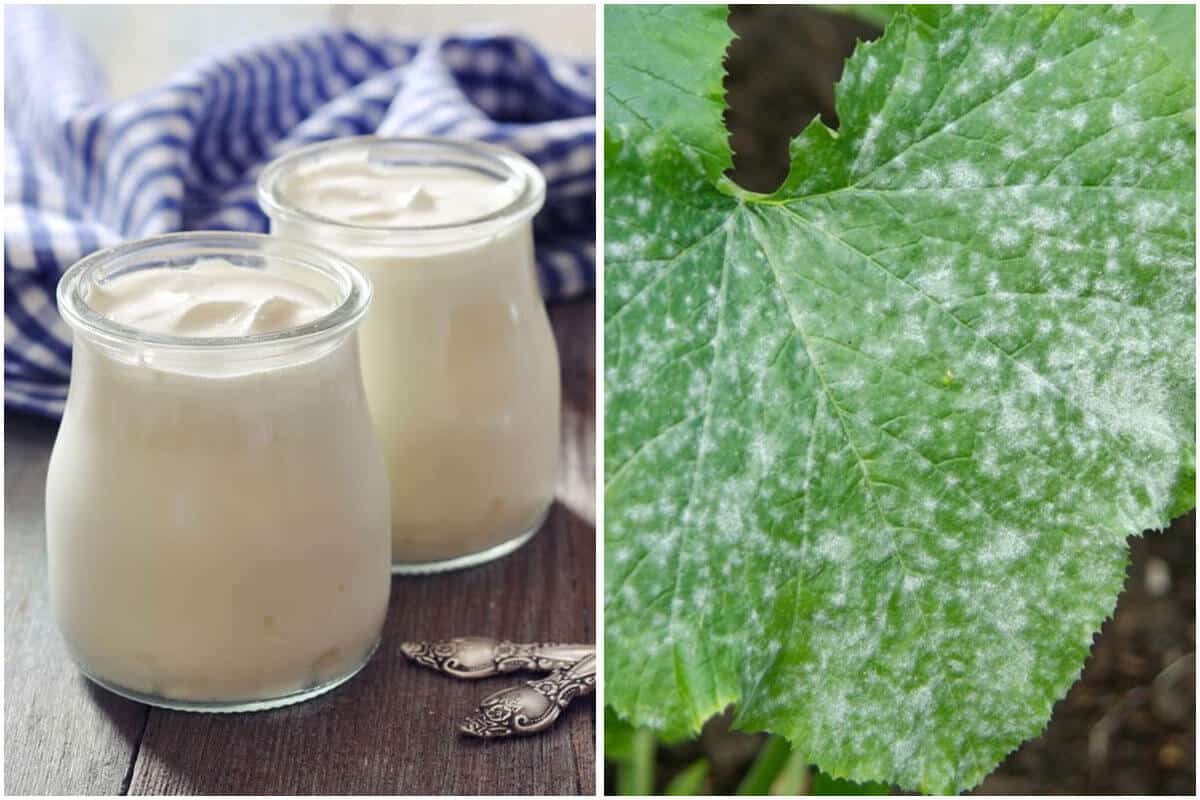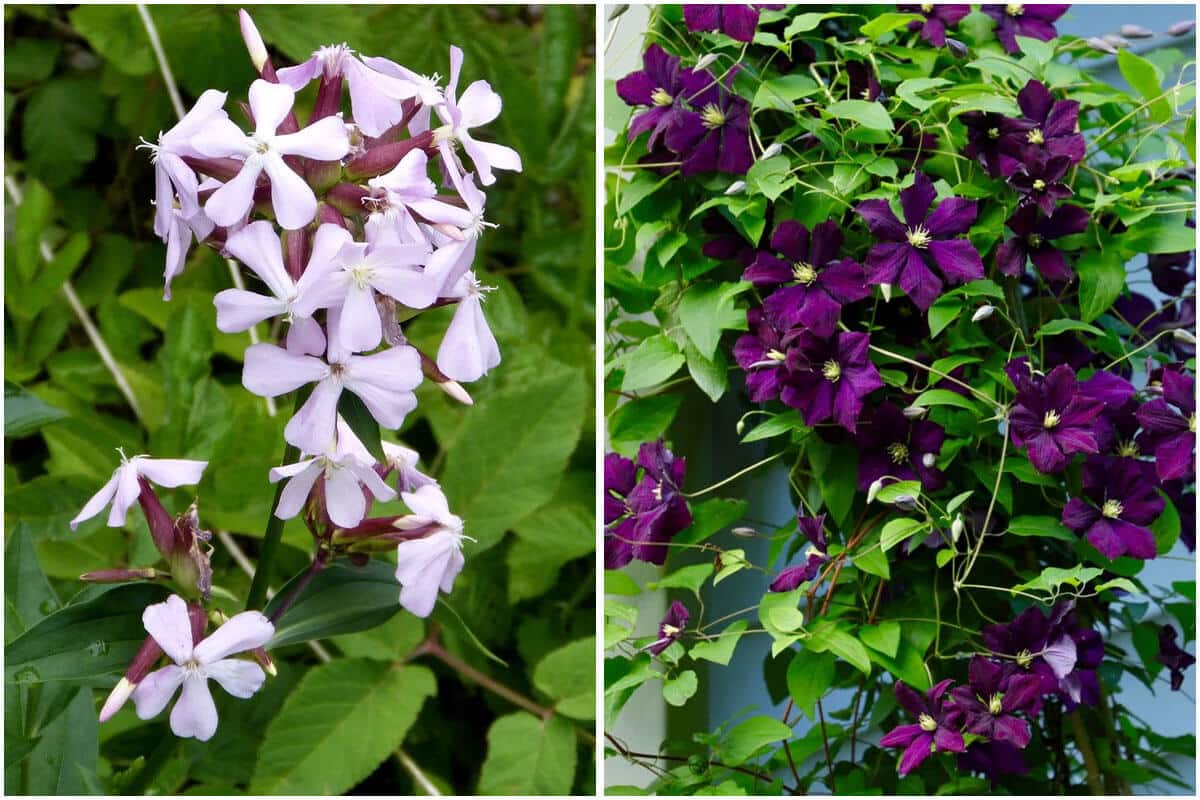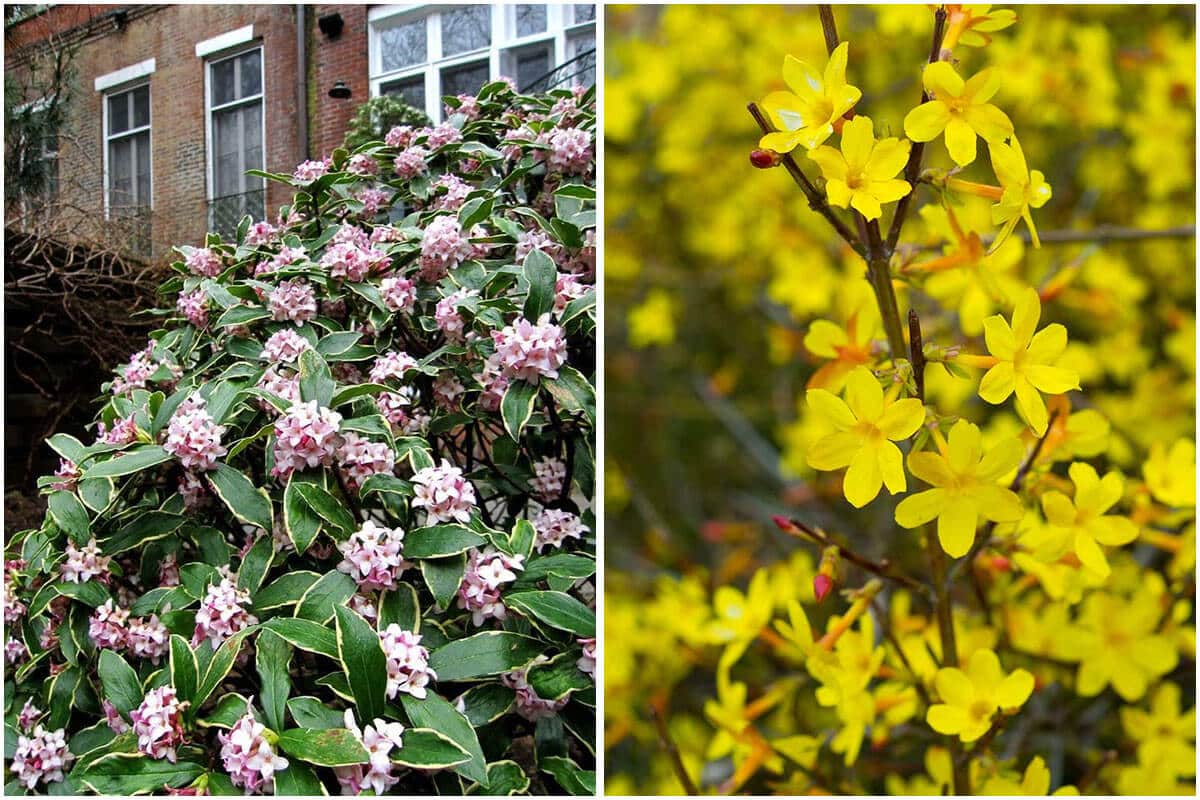#11 Slugs and Snails

Slugs and snails can cause a lot of damage and are a particular problem for younger tomato plants. Attract birds, amphibians, reptiles, some small mammals, etc.. Keeping chickens or ducks can also help you control populations. One popular trap is a bottle half-buried in the soil with two holes cut in the side, half-filled with beer. (Slugs/snails will enter, get drunk and drown.
#12 Spider Mites

These tiny arachnids can infest and damage a range of crops, including tomatoes. They feed by piercing leaf tissue and drinking the fluids from the plant. In severe infestations, the leaves can turn yellow and drop off. Remove and dispose of any infected material quickly, far away from composting and growing areas. Needs well-watered.
#13 Stalk Borer

The stalk borer is a caterpillar that can attack tomato plants. It bores into the stems of tomato plants (and other plant hosts) and leads to your plant wilt and die. Cut down and remove any plants that have died. This may also kill the caterpillar that has infested the plants. Good weed control, especially the removal of tall, weedy grasses can also help to control the pest.
#14 Stinkbugs

Stinkbugs do minimal damage to tomato leaves and stems. They can also feed on immature fruits and cause them to drop, or cause scars or damage to mature tomato fruits. To get rid of them, you can apply:
1, Hand pick these bugs off your plants.
2, Encourage the stink bugs, natural predators such as birds, spiders, and other insects.
3, Plant millet, buckwheat, sorghum, sunflowers, marigolds, garlic, lavender, and chrysanthemums.
4, Create a barrier to these bugs on your tomato plants by spraying them with a water and kaolin clay solution.
#15 Tarnished Plant Bugs

Lygus lineolaris is a species of plant-feeding insects that can be a pest of tomato plants. They suck juices from shoots, leaves, flower buds, and fruits. They can leave black spots, and carry and spread disease. They can also cause the catfacing of tomato fruits and leave cloudy spots on fruit. To reduce them, you can:
1, Spray with a kaolin clay solution to deter them from laying eggs and feeding on your plants.
2, Encourage predators to keep their population in check, include big-eyed bugs, damsel bugs, and pirate bugs.
3, Remove any weeds that tarnished plant bugs feed on from your tomato growing beds.
#16 Thrips

Thrips are tiny insects that are fairly difficult to see, so infestations can easily get out of control before you notice them. Telltale signs of a thrips attack include dry or brown spotted leaves, fallen leaves, and blotchy blossoms. Although they don’t kill your plants they can carry diseases that might. To repel them, let follow these ways:
1, Look out for infestations and remove infested material as quickly as possible.
2, Attract beneficial, predatory insects like ladybugs through planting, and encourage insect-eating birds to your garden to keep thrips populations in check.
3, For severe infestations, consider organic soap-based sprays.
#17 Tomato Fruitworms

Tomato fruitworms are the larvae of moths that lay their eggs on tomato plants. Tiny worms make their way into the tomatoes, and destroy the fruits from the inside. However, the fruits often look fine from the outside. Remain vigilant and pick and destroy fruitworm eggs and larvae as you find them. But if they are on your plants, you may decide to introduce or encourage predators to tackle the problem. Predators for tomato fruitworms include minute pirate bugs, big-eyed bugs, the parasite Trichogramma and Hyposoter exiguae wasps.
#18 Tortoise Beetles

Several species of tortoise beetles feed on the undersides of tomato plant foliage. They can leave leaves speckled with small, round holes. While the damage is usually slight, large populations can cause pretty bad damage, and may even cause seedlings to fail to thrive. However, tortoise beetles can actually be beneficial insects because they feed on nasty, hard-to-eliminate weeds, such as horsenettle (Solanum carolinense), musk thistle (Carduus nutans) and field bindweed. So pick the beetles off your tomato plants and place them on unwanted weeds instead.
#19 Whiteflies

Whiteflies commonly feed on the underside of plant leaves. Nymphs and adults both damage plants by sucking juices, causing stunted growth, leaf yellowing, and reduced yields. They can spread diseases and make plants more susceptible to other problems. So it is important to nip infestations in the bud. Attract predatory insects to keep their numbers down.
#20 Wireworms

Wireworms usually attack young tomato plant roots and burrow up the stem to eat that as well. Wireworms can be common where a new vegetable patch has been created on a previously undisturbed area covered with lawn. Exposing the soil to natural predators such as birds before planting can help reduce the incidence of any problems. Use a potato as a wireworm trap, cut the potato in half, and run a stick through the middle, bury it with the stick protruding from the soil, around an inch underground. Make sure you have good crop rotation practices and do whatever you can to attract birds that eat wireworms to your garden.





